As COVID-19 spreads through the globe, medical practitioners are beginning to decipher the extent of the coronavirus’s damage. Observed previously as a cause of only viral pneumonia during the chaos of an eruption of cases in China, it’s now emerging as a mysterious pathogen capable of harming the body in an array of unexpected, and sometimes lethal, ways. Physical symptoms range from common cold-like symptoms and bronchitis to more severe disease such as pneumonia, severe acute respiratory distress syndrome, multi-organ failure and even death. The illness may occur as a direct result of the viral infection, as well as the body’s response to it. Here’s a breakdown of some of the symptoms Covid-19 causes, including some you might not have heard about.
Blood — fever and inflammation may cause a disruption of blood vessels, rendering blood cells more prone to clumping while interfering with the body’s ability to dissolve clots. That may trigger a clotting cascade that can lead to blood-vessel blockages in tissues and organs throughout the body. Life-threatening clots in the arteries of the lung, known as pulmonary emboli, may occur even after symptoms of the infection have resolved. Damaged blood vessels may become leaky and prone to bleeding. In children, inflammation of veins and arteries triggered by excessive immune activation may cause an illness similar to Kawasaki disease, an inflammatory disorder.
Brain — COVID-19 infection may cause dysfunction in the lining of blood vessels and associated bleeding and clotting disorders. This may lead to strokes and bleeding in the brain. Patients may also experience headache, dizziness, confusion, impaired consciousness, poor motor control, delirium and hallucinations.
Eye – red, puffy eyes, sometimes referred to as pink eye, may result from infection in the conjunctiva, the tissue that lines the inside of the eyelids and covers the white part of the eye.
Gastrointestinal tract — infection of cells lining the digestive tract may cause diarrhea, nausea, vomiting and abdominal pain. Blood-vessel blockages caused by abnormal clotting have been found to damage the bowel, requiring emergency surgery and resection.
Hands — COVID-19 may cause prickling or burning sensation in the hands and limbs. This may indicate Guillain-Barré syndrome, a rare nervous-system disorder that may be triggered by aberrant immune responses to viral infection. Other symptoms of the syndrome include poor coordination, muscle weakness and temporary paralysis.
Heart — cardiac injury, sometimes leading to irregular heartbeat, heart failure, and cardiac arrest, may occur as a result of excess strain, inflammation of the heart muscle and coronary artery, blood clots, and overwhelming multi-organ illness. Infection, fever, and inflammation in people with existing heart-vessel blockages may cause their fatty plaques to break off, blocking or stopping blood f
Limbs — obstructions in large blood vessels may cause insufficient flow, or acute ischemia, in the limbs. Severe vascular complications can be lethal. At least one reported cases resulted in lower limb amputation.
Liver — liver dysfunction may occur as a direct result of the COVID-19 infection, or more likely because of immune-mediated, systemic inflammation and circulatory blockages cutting blood
Lungs — COVID-19 targets the epithelial cells that line and protect the respiratory tract as well as the walls of the tiny grape-like air sacs, or alveoli, through which gas exchange occurs to oxygenate the blood. Damage to alveoli and inflammation in the lungs can cause pneumonia, characterized by chest pain and shortness of breath. In severe cases, the lack of oxygen can trigger acute acute respiratory distress syndrome, leading to multi-organ-system failure.
Kidneys — acute kidney injury may result from clots and impaired blood supply, or as a direct result of infection.
Nose and tongue — while the virus can cause the sneezing and runny nose typical of a common cold, it can also disrupt the olfactory system, causing an abrupt full or partial loss of the sense of smell known as anosmia. Taste may also become distorted in a condition known as dyguesia. Skin — hive-like rashes, small red dots and purplish discolorations on the legs and abdomen are part of a complex
READ MORE: “She Is More Like A Psycho”- Etinosa Shades Victoria Inyama
Toes — purple rashes that resemble chickenpox, measles or chilblains may appear on the feet, especially of children and younger adults.
Culled from: Bloomberg Quint.

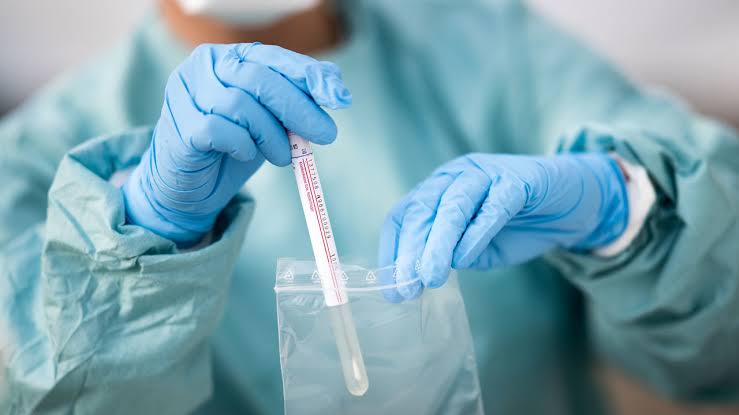
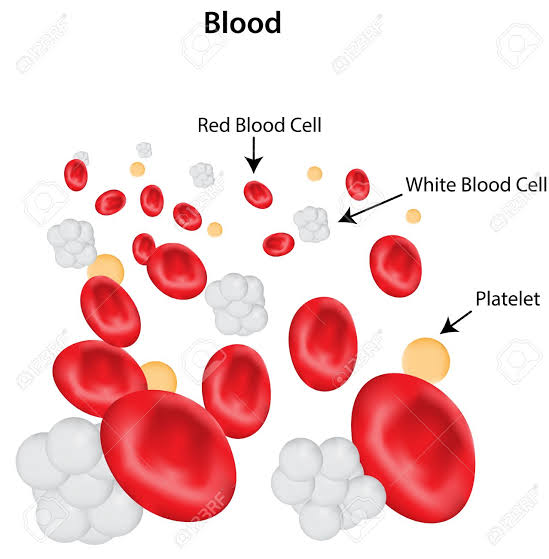
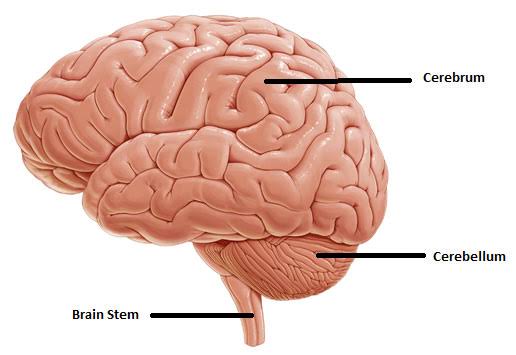
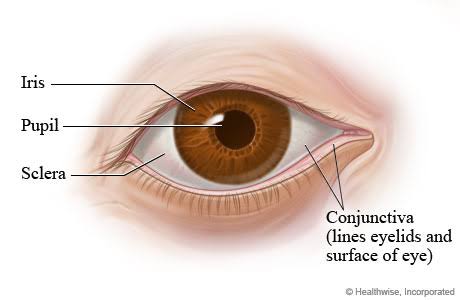
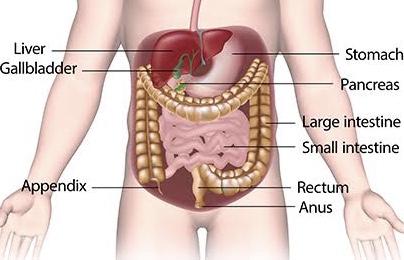
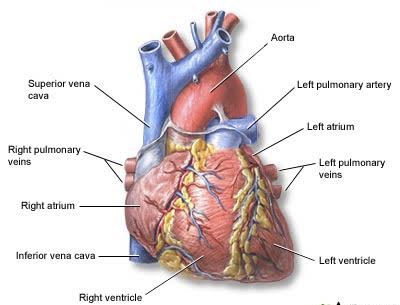
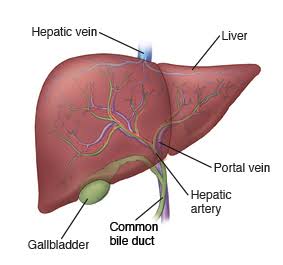
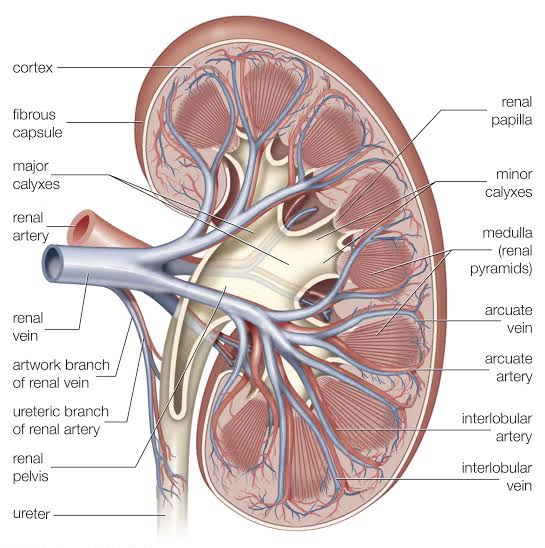

Leave a Reply